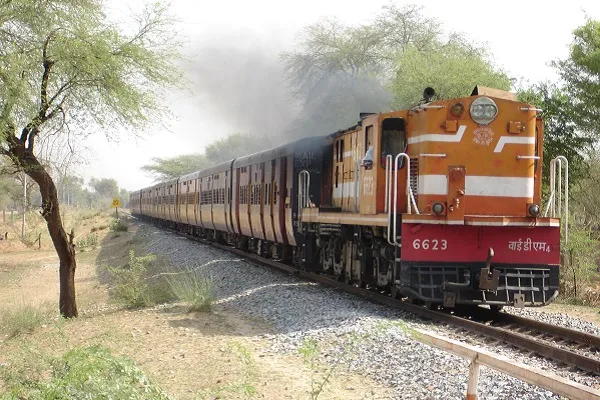In a strategic move to enhance safety and minimize the risk of accidents, Indian Railways is planning to implement a new electronic routing and signalling system across its extensive network. The initiative comes in the aftermath of the tragic three-train collision in Balasore in June, prompting the railways to explore automated solutions to eliminate human error.
Railway Minister Ashwini Vaishnaw revealed that the national transporter has already initiated pilot projects involving solid-state electronic route relay devices and signals. The objective is to establish this technology as the standard within the next 10 to 11 months.
The proposed electronic route relay devices are part of the railways’ broader efforts to upgrade its signalling systems. The existing electro-mechanical network, susceptible to human error and signalling failures, will transition to solid-state electronic devices, specifically electronic route relay devices that control signals.
According to Vaishnaw, the technology shift aims to further reduce the occurrence of accidents triggered by human error and signalling failures. The initial pilot projects have shown promising results, reinforcing the railways’ commitment to safety.
The current signalling systems used by Indian Railways rely on an electro-mechanical network. The transition to solid-state electronic route relay devices is expected to be phased in over three years. The railways intend to introduce this change on a mission mode to cover almost the entire network, encompassing around 8,000 stations with electronic interlocking signals featuring solid-state relays.
Interlocking systems play a critical role in controlling train movements and ensuring safe operations at railway stations and junctions. The proposed electronic interlocking (EI) system involves computer-based technologies and electronic equipment to synchronize signals, switches, and level-crossing gates, enhancing overall safety and efficiency.
The move towards solid-state electronic relay panels is motivated by the need for continuous upgrades and replacements of ageing electro-mechanical systems. The proposed system is expected to reduce the frequency of wiring changes in the switches, enhancing the reliability of the electronic interlocking and track points forming part of the signalling network.
The decision to transition to a new signalling system was prompted by the tragic collision in Balasore, Odisha. Initial investigations pointed to human error and faulty signalling as contributing factors to the incident, resulting in the loss of 294 lives.
Replacing the existing electro-mechanical systems with solid-state electronic devices is a monumental task, covering approximately 7-800,000 signalling points across the railways’ extensive 70,000 km network. The changeover will undergo rigorous testing and require the establishment of new standard operating procedures to ensure the smooth and safe movement of trains.
Railways have already approved Japanese vendor Kyosan for the conversion of its signalling system to electronic. The first set of orders for this transition may be awarded to Kyosan, although additional vendors are being identified given the scale of the project.
While the electronic interlocking plan is targeted for completion by FY27, the complete switchover may take five to eight years, according to experts. The railways, with a record budgetary capital outlay of ₹2.40 trillion for FY24, is expected to allocate more funds for safety and security measures, including the modernization of the signalling system, in the upcoming budget.
The railways have made significant strides in safety measures, with investments of ₹1.08 trillion over the last 9.5 years, almost double the amount invested in the 10-year period between 2004-14. Advanced signalling systems, including Electronic Interlocking and Automatic Train Protection (ATP) systems like KAVACH, contribute to preventing collisions and ensuring safer train operations. The railways’ commitment to safety aligns with the goal of reducing rail accidents, which has seen a notable decline from 150 before 2014 to an average of about 47-50 incidents now.
